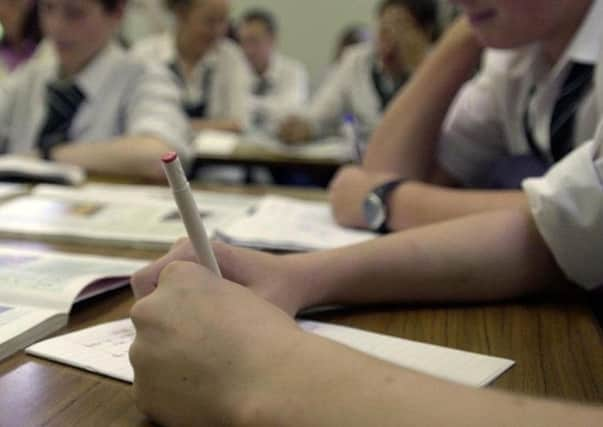More than 70 schools across Leeds are full, data reveals


But across the city there are 189 schools that have room to take more pupils, with 5,287 unfilled primary school places and 9,893 at secondaries, the figures show.
Forecasters at the Department for Education (DfE) looked at the growth in pupil numbers.
Advertisement
Hide AdAdvertisement
Hide AdAn increase in the birth rate has meant more pupils in primary for the past few years, which is starting to feed through to secondary.
But this shortfall in places will only affect some schools and some age groups, and that is a problem already being felt in certain areas in Leeds, particularly in the north. The competition for places leads to some schools receiving too many applications while others prove less popular.
In 2016/17 there were 111,249 on the school roll at all primaries and secondaries in the city. That is expected to rise to 127,603 in three years’ time. The current spare capacity could absorb some of this growth in the coming years. But it may be capacity in the wrong place and for the wrong age group. This will lead to the shortfalls for some schools.
Coun Lisa Mulherin, executive member for children and families at Leeds City Council, said: “We are well aware of the pressure on school places brought about by increases in birth rate and migration to the city. We have an ongoing programme of work to ensure children have access to good learning places locally. Since 2009 we have added over 11,000 school places and will be bringing forward proposals to add more places in the coming months and years.
Advertisement
Hide AdAdvertisement
Hide Ad“The figures may look alarming but they are talking about whole school places across a child’s school journey, not places for a single year, so 30 reception places mean 210 places over all in a standard primary school as those 30 children move up the years. One of the main issues we face however, and the biggest risk to our ability to deliver sufficient school places, is the appalling underfunding by Government.
“Councils have no powers to require academies or free schools to take additional children, only the Government can do that, and that can cause us problems,” she added.
Over the next three years the council has allocated funding to expand or build new schools to provide 3,109 more places. This does not include centrally-funded free schools or academies.
‘COUNCILS ARE DOING A GOOD JOB’
The Department for Education has argued that local authorities responsible for managing the supply of school places in their areas are doing “a good job”.
Advertisement
Hide AdAdvertisement
Hide AdA spokesperson said: “In 2017, nearly 95 per cent of pupils received an offer for one of their top three preferences for secondary schools. Funding for school places is based on local authorities’ own projections and since 2010, we have created 825,000 new school places and 90,000 between 2016 and 2017. We are investing £5.8 billion to create even more good school places in the future.”